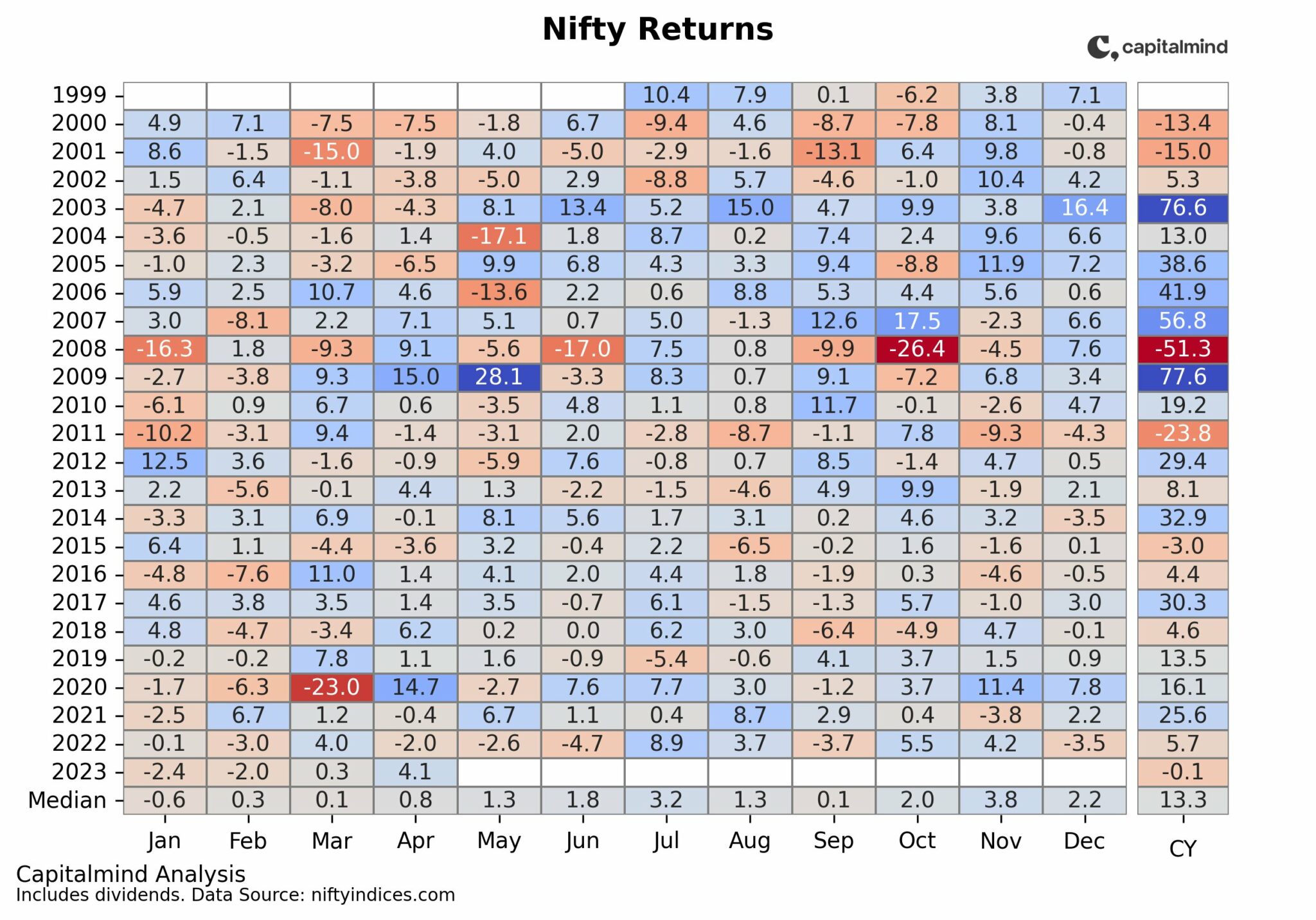
Loan restructuring has been a wonderful tool to borrowers to accommodate their debt payments during an economic downturn or industry crisis. But this tool has been increasingly used by banks to hide their NPA’s in the name of restructured assets. Banks were boasting of huge loan accounts without addressing their restructured assets issue.
Banks had to provision only 5% for restructured asset compared to 15% for the NPA. If the banks had to classify the defaulters into NPA then, their balance sheet would not look great. But instead they can classify it under asset restructuring and save 10% on the provisions.
With RBI stating that all banks need to provision 2.5% every quarter (target of 15% by March-17 ) for stressed loans, banks have been showing a declining trend in asset restructuring. The 24 banks combined together have decreased their restructured asset by 30.37% since Mar -15, though they have increased their advances by 10%. The increasing NPA’s of the banks explains the logic behind the decline in restructured assets.
To know more about NPA, read our previous post titled “25 Banks put together have Rs 2.77 trillion Gross NPA, Rs 1.64 trillion Net NPA”
Before getting into further details, first lets see what asset restructuring means.
What is a Restructured asset?
For a Bank, the loans that they give is an asset because they expect the inflow of benefits in the form of “interest payments” from the borrower. The loans which do regular interest/principal payments and ensure the future cash flow to the bank are considered as standard asset. If the standard loan starts looking like it will default and the banks feel that, they can ensure their future cash flows from the borrower by altering the terms and conditions (interest rate, tenure) of agreement, then the banks undertake asset reconstruction process. These assets are known as restructured assets or standard restructured asset.
“Standard” is because the loan, at this time, is still not in default. (Default means no repayment or principal or interest for 90 days after it is due).
A typical restructuring would be to:
- reduce the interest rate on the outstanding portion of the loan
- increase the repayment period (so that repayment is stretched to a longer period)
- provide for an interest or principal moratorium (so repayment starts after some time, say one year, while interest accumulates. Cash flow can be sorted this way)
If the borrower still faces the problem and fails to pay the loan for more than 90 days , then the loan account slips into Non performing asset (NPA) and will be classified as Sub- Standard loan. It is not mandatory to restructure loans which have defaulted, its completely the banks prerogative to assess the risk associated with loan and take a call on its restructuring. Restructured assets and NPA together are known as Stressed Assets.
Note: Even without restructuring, if the loan defaults for more than 90 days, it is considered as NPA
Ideally the asset restructuring is done by altering the interest rates called as reset, or by extending the tenure of the payments (means lower installments) called as recast.
To know more about guidelines in the asset restructuring, please click here.
The combined stats of 24 Banks is as follows:
- The restructured assets stands at Rs 2.30 trillion for FY 16, which is 3.94% of the total advances.
- Restructured assets were at Rs 3.3 trillion for FY 15, which constituted 6.28% of the total advances.
- The gross NPA is at Rs 4.94 trillion and Net NPA at Rs 2.86 trillion for FY16, Which constitute 8.4% and 4.9% of gross advances respectively.
- Gross NPA was at Rs 2.57 trillion and Net NPA at Rs 1.39 trillion for FY 15, which constitute 4.9% and 2.6% of gross advances.
The below charts represent the restructured assets as percentage off total advances for 24 listed banks:



Standouts:
- IDBI is the only bank whose restructured assets percentage has increased. From 10.05% in Apr-15 to 11.35% in Mar 16. Its Gross NPA percentage has also increased from 5.88% in Apr -15 to 10.98% in Mar -16. IDBI has also highest restructured assets percentage for FY16
- Dena, Central and Andhra bank follow after IDBI, with restructured advances at 9.30%, 8.99% and 8.35% respectively.
- Central bank has reduced its restructured assets drastically from 16.66% in FY 15 to 8.99% in FY16. Still it has a long way to go.
- Syndicate bank has almost cleaned up its balance sheet, reduced its restructured assets to 1.32% for FY16, from 7.33% in FY15. It has also increased its gross NPA to 6.70% in FY16 from 3.13% in FY15.
- Despite Punjab national Bank declaring 12.27% as Gross NPA, it still has 4.65% of advances as Restructured assets in FY 16. The gross NPA and restructured assets were at 6.35% and 9.76% respectively.
- The best performers being Kotak, Yes bank and Indusind Bank. The restructured assets of these banks for FY 16 being 0.26%, 0.53% and 0.53% respectively. The Gross NPA of these banks being 2.06%, 0.76% and 0.87% respectively.
To view asset restructuring stats of the above 24 banks, please click here.
With RBI’s push to recognize the stressed asset and consider them into NPA where ever necessary, more of these restructured assets might slip into NPA’s. The year 2017 has been set as timeline to declare all stressed assets of the banks.
![]()
Nothing in this newsletter is financial advice and should not be construed as such. Please do not take trading decisions based solely on the matter above; if you do, it is entirely at your own risk without any liability to Capital Mind. This is educational or informational matter only, and is provided as an opinion.




